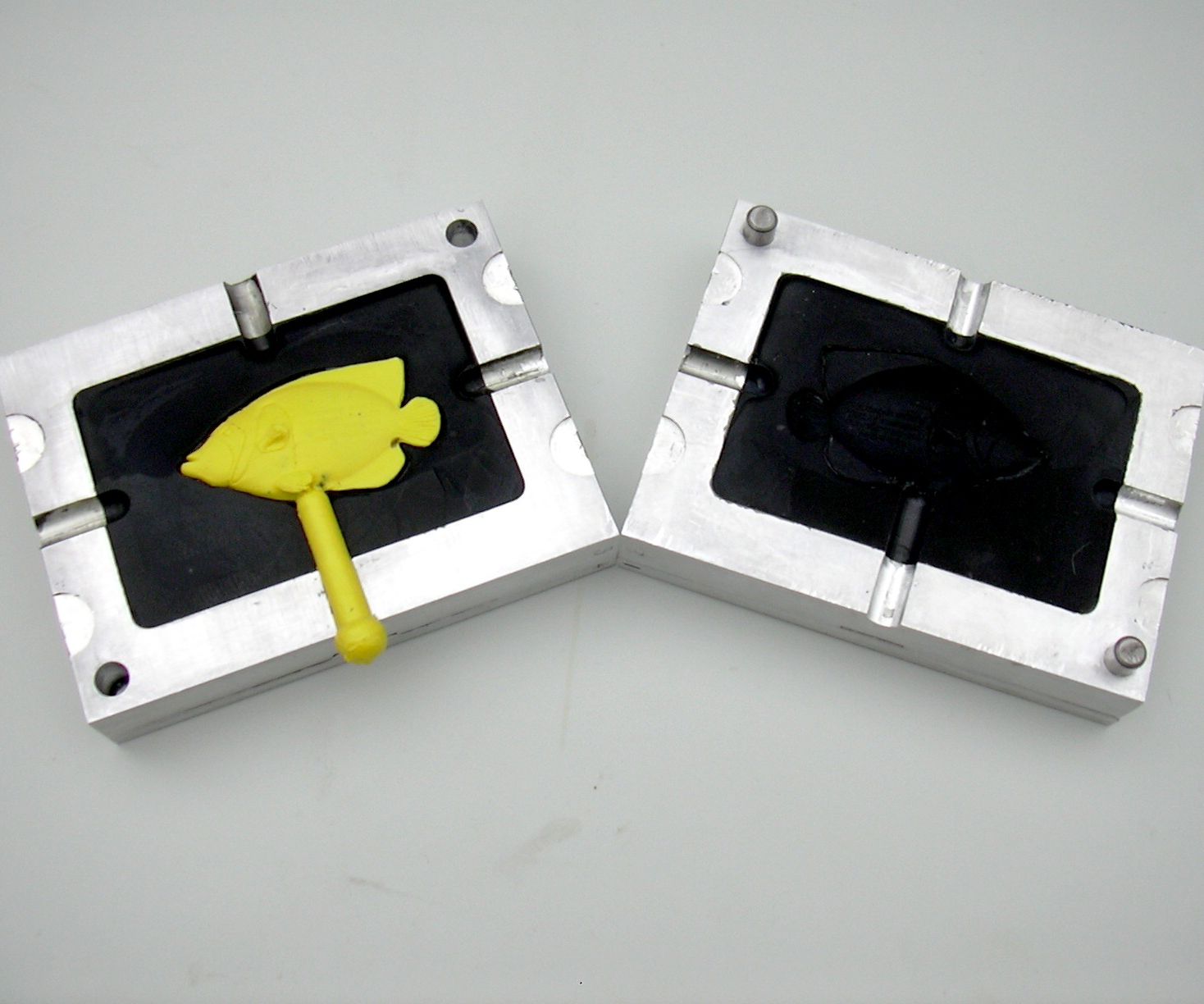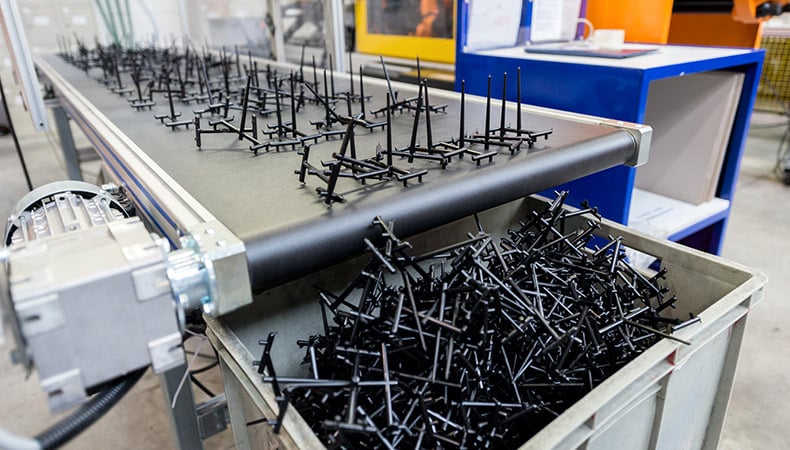Checking out the Future of Plastic Injection Molding in the Production Industry
Checking out the Future of Plastic Injection Molding in the Production Industry
Blog Article
Comprehending the Fundamentals of Plastic Shot Molding Processes
Plastic shot molding offers as a foundation of modern-day manufacturing, offering a systematic approach to creating complicated parts with precision. Exploring these essential elements could expose exactly how even minor modifications can lead to substantial renovations in production outcomes, elevating inquiries concerning the capacity for innovation in this well-known process.
What Is Plastic Shot Molding?
Plastic shot molding is a widely used manufacturing process that changes polycarbonate and thermosetting materials into accurate and complex forms. This method is favored for its capacity to produce high volumes of the same parts with extraordinary precision, making it an important approach in numerous industries, including vehicle, durable goods, and clinical devices.
The procedure entails thawing the picked plastic material and injecting it right into a mold and mildew under high pressure. The mold and mildew, made to the specifications of the preferred part, permits the liquified plastic to form as it cools down and solidifies. Once the material has hardened, the mold is opened, and the finished part is expelled.
Plastic injection molding uses a number of benefits, including reduced waste, uniformity in manufacturing, and the capability to include complex designs that may be challenging with other producing approaches. Furthermore, it supports a wide variety of materials, each offering distinct residential properties that can be tailored for specific applications. As industries remain to innovate, plastic injection molding stays at the leading edge, allowing the advancement of sophisticated products that meet evolving consumer needs.
The Shot Molding Process
The injection molding process is an innovative strategy that entails numerous essential stages to produce top quality plastic components. Plastic pellets are fed right into a heated barrel where they are melted right into a thick liquid. This molten plastic is after that infused under high pressure into a precision-engineered mold and mildew, which shapes the material right into the wanted type.
When the mold is loaded, the plastic is enabled to strengthen and cool, taking the form of the mold and mildew dental caries. Air conditioning time is important, as it affects the cycle time and the last buildings of the shaped part. After enough cooling, the mold and mildew opens, and the ended up element is ejected making use of ejector pins.

Materials Utilized in Injection Molding
Various materials can be made use of in the shot molding procedure, each offering one-of-a-kind properties that deal with specific applications. One of the most generally made use of products include thermoplastics, thermosetting plastics, and elastomers.

Thermosetting plastics, like epoxy and phenolic materials, undergo a chemical modification throughout the healing procedure, causing an inflexible, stringent structure. These products are excellent for applications calling for high heat resistance and structural integrity, usually used in electric insulators and automobile parts.
Elastomers, consisting of silicone and rubber-based materials, give adaptability and resilience. Their one-of-a-kind homes make them ideal for applications that require elasticity, such as gaskets and seals.
In addition, specialized materials like bio-based plastics and compounds are obtaining traction for their ecological benefits and improved performance attributes, widening the scope of injection molding applications in various markets. Recognizing the residential properties of these products is essential for choosing the suitable kind for certain tasks.
Benefits of Shot Molding
Injection molding stands out as a highly effective production procedure that look at this site uses countless advantages for producing complex get rid of accuracy. Among the most considerable benefits is the ability to create detailed designs that would certainly be tough or difficult to attain with various other approaches (Plastic Injection Molding). The process permits detailed attributes and limited tolerances, making sure high-grade parts
In addition, shot molding is known for its rapid production capabilities, making it a suitable option for high-volume production. When the mold and mildew is produced, components can be created quickly, reducing lead times and raising overall performance. This performance not only reduces production costs however also offers an one-upmanship in the market.
The versatility of materials made use of view it in shot molding further improves its charm. A wide variety of thermoplastics and thermosetting polymers can be utilized, enabling manufacturers to select products that best fulfill their specific requirements, consisting of versatility, toughness, and warmth resistance.
In addition, the process decreases waste, as excess material can frequently be reused and reused. This sustainability facet adds to a minimized ecological effect, making shot molding a liable manufacturing choice. Generally, the benefits of shot molding make it a preferred method for several industries.
Variables Influencing Product Top Quality
While various variables can affect product high quality in injection molding, recognizing these components is critical for accomplishing optimal outcomes. Secret facets include product option, refining specifications, and mold and mildew layout.
Material option plays an important duty, as various polymers exhibit distinct residential properties that affect flowability, toughness, and thermal stability. Poor product choice can bring about issues such as bending or insufficient filling.
Handling criteria, including stress, cycle, and temperature level time, have to be carefully managed. Variants in these setups can cause inconsistencies in part dimensions and surface coating. Exceedingly high temperature levels may trigger destruction of the polymer, while poor pressure can result in short shots.
Mold layout is equally vital, as it identifies the circulation of the molten plastic and the cooling procedure. Badly developed molds may result in unequal cooling prices, leading to dimensional inaccuracies and residual stresses.

Final Thought
In final thought, plastic injection molding works as a critical manufacturing procedure that enables the reliable manufacturing of high-quality components. Proficiency of the shot molding process, including the understanding of materials and the impact of numerous factors on product high quality, is important for achieving optimal results. The benefits of this approach, such as cost-effectiveness and layout versatility, further highlight its importance across numerous sectors, solidifying its standing as a favored selection for high-volume manufacturing.
Plastic injection molding serves as a keystone of contemporary manufacturing, providing a systematic technique to creating complicated elements with accuracy.Plastic injection molding supplies numerous benefits, consisting of reduced waste, uniformity in production, and the capability to include intricate designs that might be challenging with other producing methods (Plastic Injection Molding). As markets continue to introduce, plastic shot molding remains at the leading my explanation edge, allowing the advancement of innovative products that satisfy developing consumer demands
The shot molding process is an innovative technique that includes a number of vital stages to create top quality plastic elements.In conclusion, plastic shot molding serves as an essential manufacturing procedure that enables the effective manufacturing of top notch parts.
Report this page